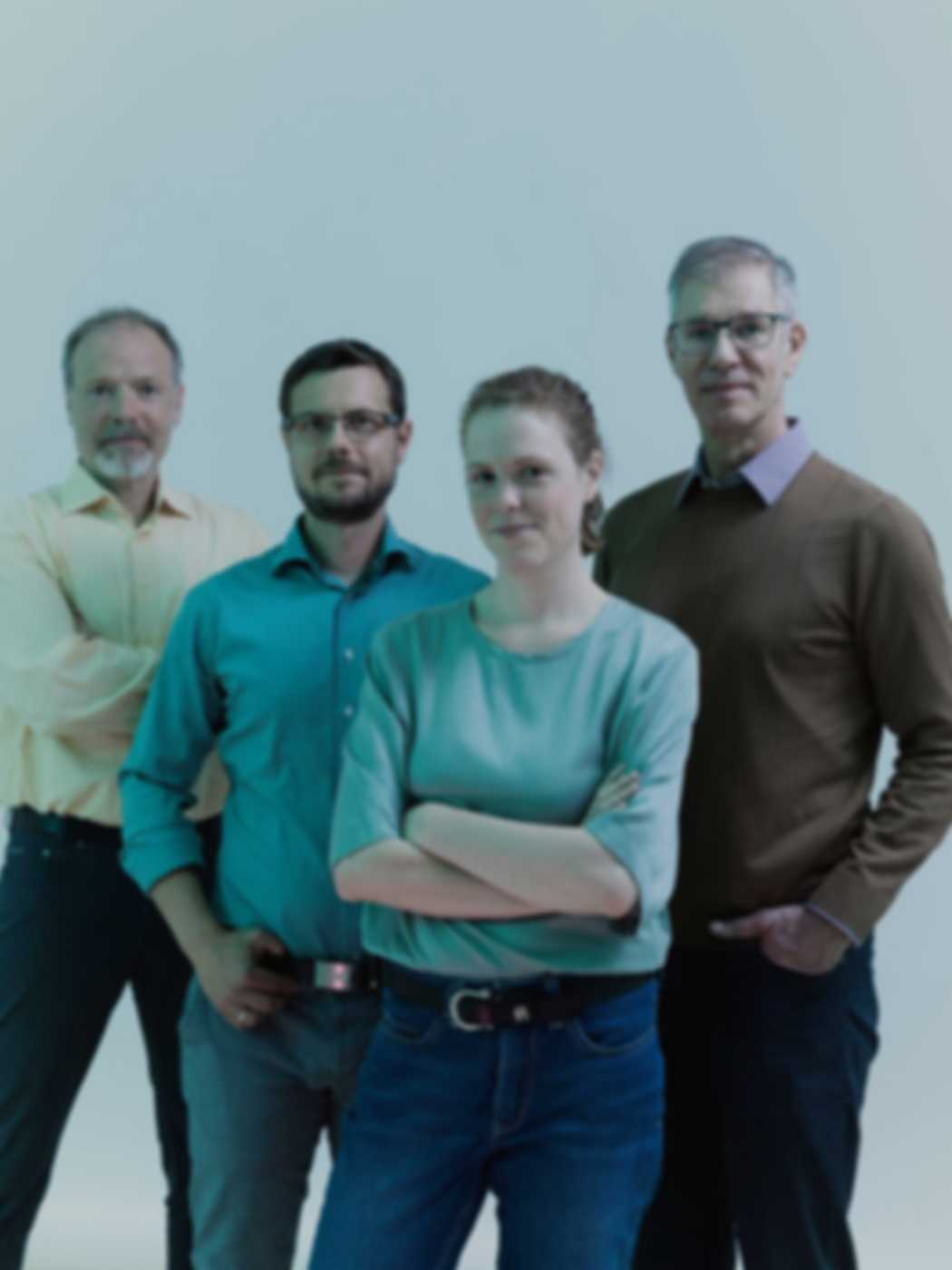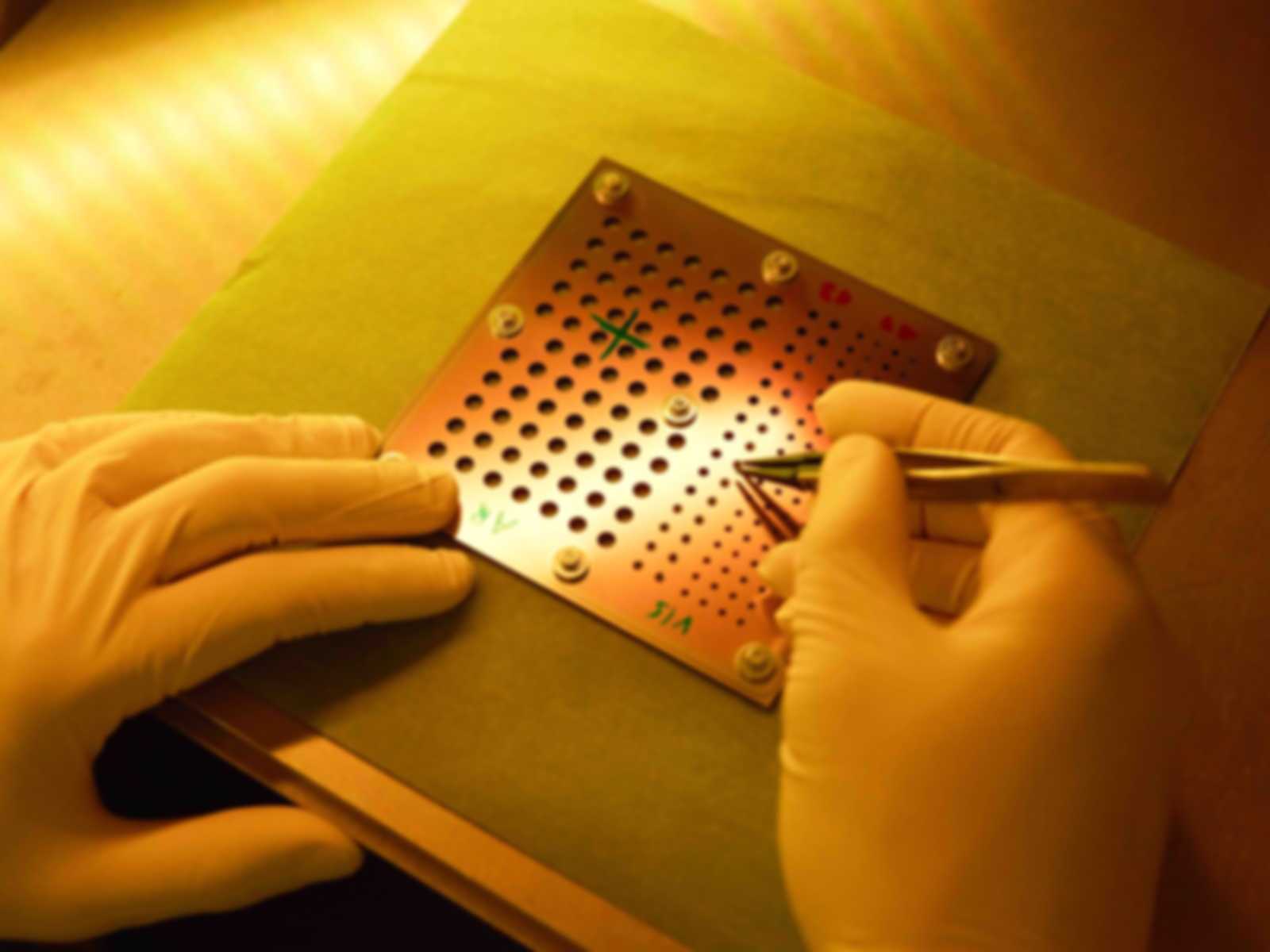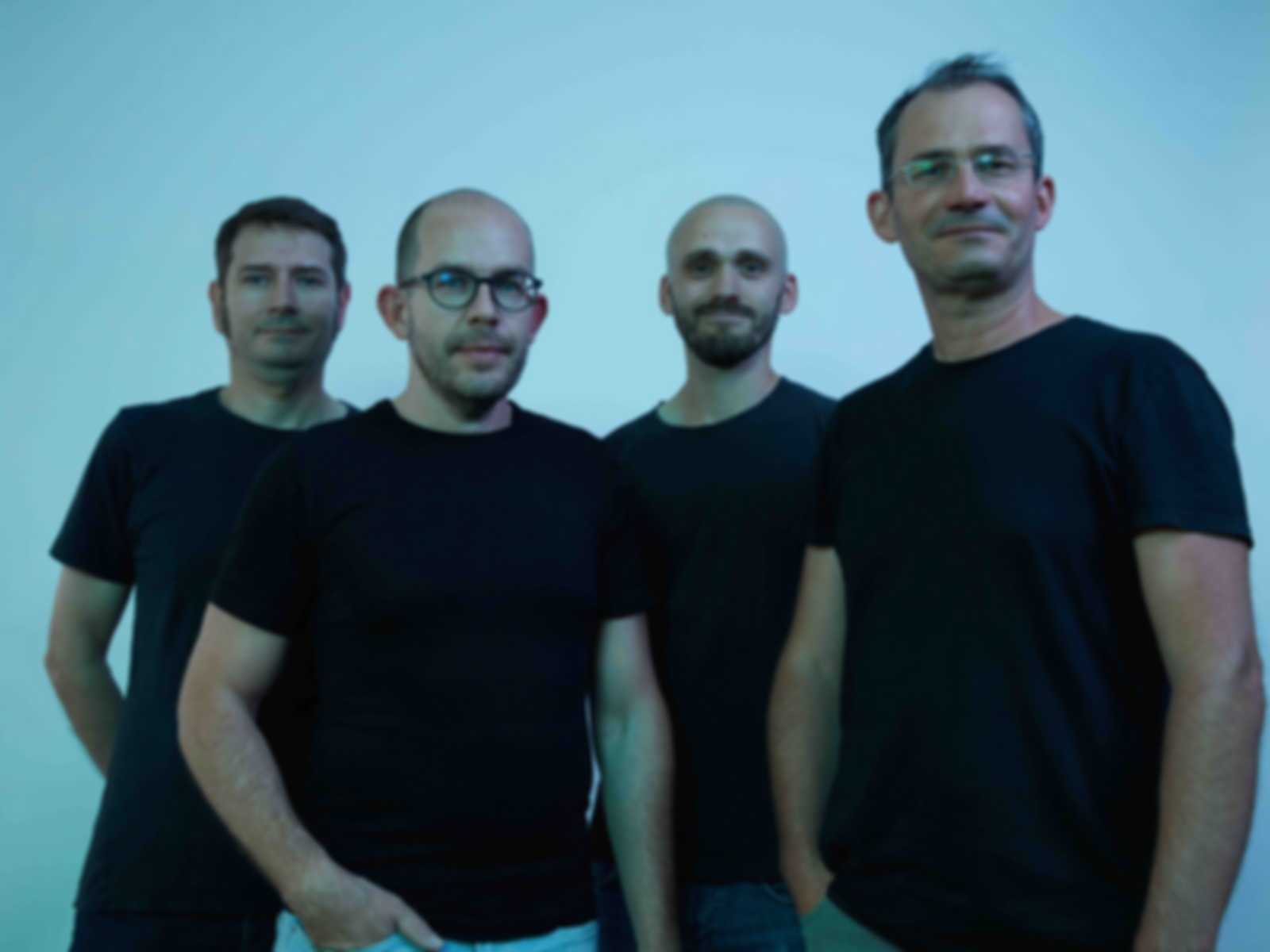Let there be light
How optical processors can make the computer industry more sustainable





While other children read Harry Potter or adventure books, Michael Kissner was particularly taken with the programming book Code by Charles Petzold. He knew early on that he would like to build a processor himself one day, even if he never had an optical processor in mind at the time. He didn't take the 1990s series Stargate seriously: There, all the alien processors were crystals working with light. What nonsense.
Just science fiction - until Microsoft announced at the end of 2019 that it had stored data in quartz glass, a crystal.
Immediately, the old enthusiasm was sparked, and Michael Kissner, who had by then studied mathematical engineering and mathematical physics as well as earned a doctorate in artificial intelligence, used the pandemic to finally delve into his childhood dream.
There have been many approaches to optical computing over the past 40 years,
reports Kissner, who most recently worked in cybersecurity, but the approaches were just too bottom-up. I, on the other hand, was pondering: That is what an optical processor has to be able to do in the end. And if it has to be able to do that, then that's what the transistor has to look like, and then I need these physical effects. Only then did I start looking for an optical transistor that could fulfill that.
That's also how Kissner came across his co-founder, Dr. Leonardo del Bino. I read hundreds of papers on optical transistor designs. The one that fit perfectly was Leonardo's.
Light interacts only reluctantly with light. It's much easier to process data via electrons that repel each other - but there are always high losses due to resistance,
continues Kissner passionately, who first moved to Germany at 18 and grew up in Iran, Indonesia and Singapore. Even humans absorb over 80 percent of all information with their eyes. The information density is infinitely greater with light.


Light can simultaneously carry multiple wavelengths and individually encode each with information.
At its core, the approach is based on the idea of using optical nodes as logic circuits. The information we process is available in the form of light. We process light without converting it to an electronic signal and back again,
del Bino, a native Italian, described. Our processor can be integrated into any application, but at the outset it is particularly useful for devices that receive and transmit information in the form of light, for example, for routers and switches in networks.
Getting light to interact with light efficiently is the crucial point. It does work in theory - now it's time to put it to the test in practice and build prototypes. A light processor saves a huge amount of energy and can process much more data much faster, with no latency due to conversion,
del Bino explains. As a result, he says, power and cooling requirements are reduced enormously compared to conventional processors.
Environmental friendliness is a key driver for the founders in the first place. Electronic processors, for example, consume immense amounts of ultra-pure water for purging in the manufacturing process. The optical version, on the other hand, doesn't have as many process steps, is more robust and requires much less water. We want to offer an alternative that is more sustainable; we won't be the smallest to do that.
What's more, the technology can be manufactured in Europe: We are planning chips on the order of 130 nanometers; there are already tens of factories here for this,
reports Leonardo del Bino, specialized in materials science and nonlinear photonics.


The Akhetonics team hopes to see more similar efforts in the startup scene. There are numerous approaches to optical computing in the quantum and analog fields. There's a lot of hype there. Digitally, however, we are one of the few trying to build an optical processor, so of course collaborations are always desirable.
Michael Kissner laughs, What we're doing is more on the janitorial level and not sexy, but a digital optical processor is the most versatile and can cover many fields, including AI.
The entire technical infrastructure would have to follow: From my point of view, this is the only right step because most of what we use is optical anyway. Network traffic, webcam, screen, we have an optical mouse, a laser printer - simply at every corner laser light is used and converted into electronics. Therefore: Let laser light be laser light and let us make everything optical.
ALL-OPTICAL HIGH-PERFORMANCE COMPUTER
In February 2024, Akhetonics has successfully shown the viability of all-optical computing through the world's first general-purpose, all-optical 2-bit CPU demonstrator and are now continuing their path towards revolutionizing the way we think about computers.
Matterwave Ventures announced in November 2024 to invest in Akhetonics. The company led the six million euros funding round and was joined by 468 Capital, Bayern Kapital and existing investors Runa Capital Rheingau Founders Interface Capital Constructor Capital and top business angels.
More about Akhetonics: www.akhetonics.com

WHY WE ARE COMMITTED Because optical data processing promises high speed and low energy consumption, and makes sense in many variations and in an extremely wide range of places. Because the new chip can close large gaps here. Because the application potential and the leverage effect are therefore huge. Also because the chips can be developed, understood and built in Europe and can make the digital world a bit more (energy) efficient from here.
WHAT WE DO Checking, discovering and releasing breakthrough innovation potential. Activating networks, creating access, opening doors. We start a validation project, which also means: We give money. With a relatively small amount of money, we already help to overcome the first obstacles.
FIND PARTNERS - CREATE VISIBILITY We have experts from the field who know what is needed and also who is needed to accomplish this task. We know someone who knows someone.
THE POTENTIAL WE SEE A digital world where, with minimal energy consumption, vast amounts of data are processed and used all around us in such a way that humans are informed, transported and supported. Without wasting resources.




